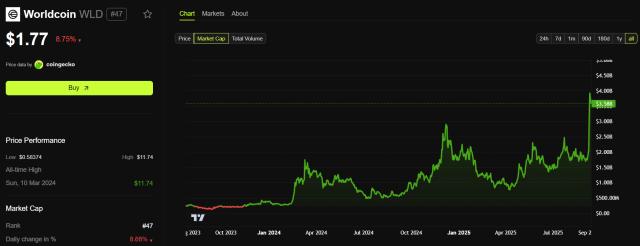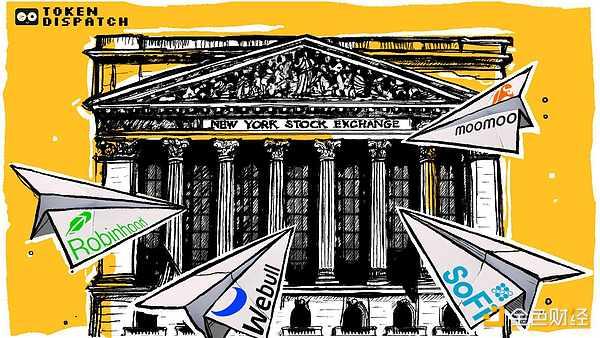Written by Thejaswini MA
Compiled by Saoirse, Foresight News
In 1979, Republic National Bank offered customers a choice: Deposit $1,475 for 3.5 years and walk away with a 17-inch color TV. Deposit the same amount for 5.5 years and receive a 25-inch TV. Want an even better deal? Deposit $950 for 5.5 years and get a sound system with built-in disco lights.
This "in-kind" approach to attracting deposits stemmed from the Great Depression-era banking regulations that prohibited "competitive interest rates." In 1933, Regulation Q, part of the Banking Act, went into effect. This regulation prohibited banks from paying interest on demand deposits and capped interest rates on savings accounts. By then, money market funds offered higher returns, but banks could only attract customers by offering gifts like toasters and televisions, unable to compete through "real returns."
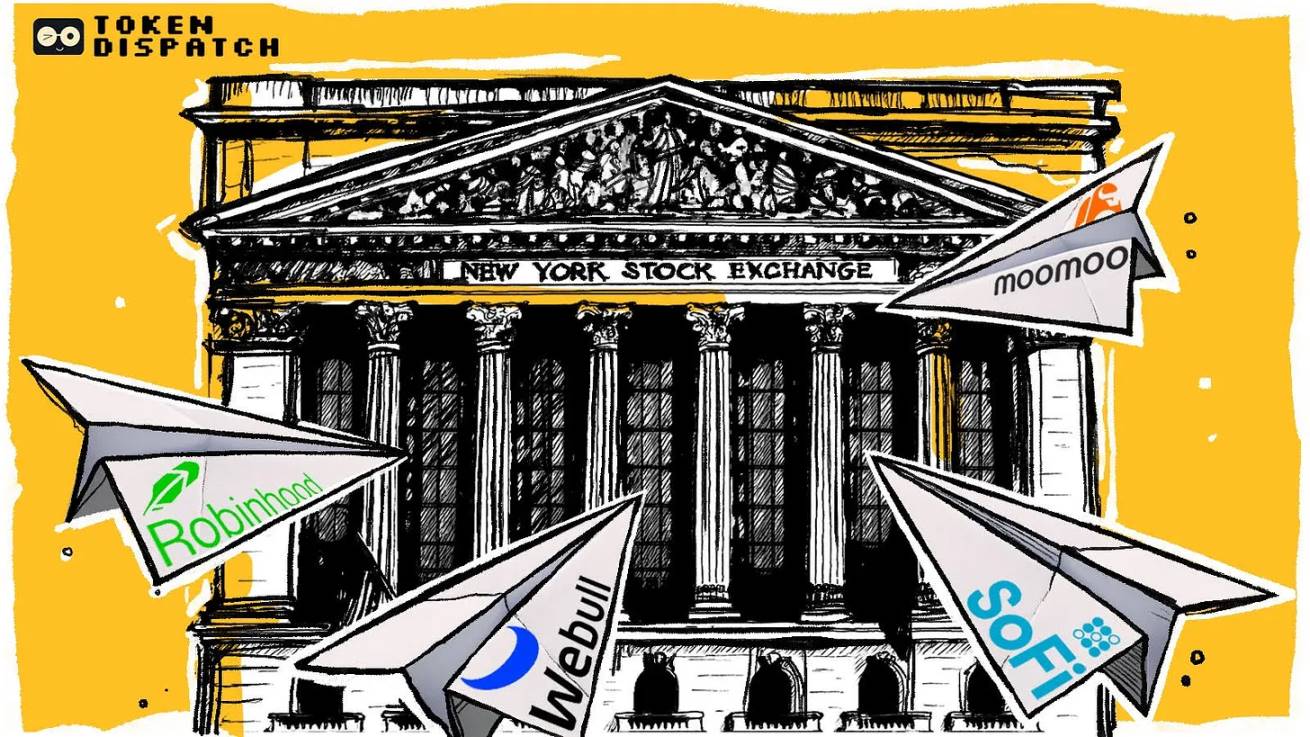
The banking industry calls money market fund investors "smart money" and their own depositors "dumb money"—those who, in their view, simply don't know where to get higher returns. Wall Street embraces this narrative, using the term "dumb money" to describe all investors who "buy high, sell low, chase rising and falling prices, and make decisions based on emotion."
Fifty years later, the once-derided “dumb money” finally has the last laugh.
The concept of "dumb money" is deeply ingrained in Wall Street's investment landscape. Professional investors, hedge fund managers, and institutional traders consistently consider themselves "smart money"—they consider themselves "sophisticated players" who can see through market noise and make rational decisions when retail investors panic.
In the past, the behavior of retail investors seemed to confirm this statement: during the Internet bubble, short-term traders mortgaged their homes and blindly bought at the peak of technology stocks; during the 2008 financial crisis, individual investors fled in a hurry when the market hit bottom, completely missing the subsequent recovery.
The pattern was clear: professionals bought low and sold high, while retail investors bought high and sold low. Academic research confirmed this behavioral bias, and professional fund managers used it as evidence of their superior skills to justify charging high management fees.
Why has everything changed now? The answer lies in three dimensions: investment accessibility, investor education, and tool optimization.
A new era for retail investing
Today’s data tells a very different story. In April 2025, US President Trump announced tariff increases, triggering a $6 trillion market sell-off over two trading days. While professional investors were dumping stocks, retail investors saw the plunge as a buying opportunity.
Throughout the market turmoil, individual investors snapped up stocks at a record pace: Since April 8, they have poured a net $50 billion into U.S. stocks, ultimately earning a return of about 15%. During this period, Bank of America's retail clients have been net buyers for 22 consecutive weeks, the longest such streak since the institution began keeping records in 2008.
At the same time, hedge funds and systematic trading strategies maintained their stock exposure in the "bottom 12% percentile", completely missing out on the subsequent rebound.
A similar scenario played out during the market volatility of 2024. JPMorgan Chase data showed that the market gains in late April of that year were primarily driven by retail investors. From April 28 to 29, individual investors accounted for 36% of trading volume, a record high.
Robinhood's Steve Quirk described this shift this way: "Every IPO that comes out now is oversubscribed on our platform. Retail demand consistently outstrips supply, and issuers are happy to allow 'brand fans' to qualify for allotments."
In the cryptocurrency sector, retail investor behavior has also shifted from the stereotype of "chasing the ups and downs" to a mature model of "precisely timing the market." JPMorgan Chase data shows that between 2017 and May 2025, 17% of active checking account holders transferred funds to cryptocurrency accounts, and their participation tended to surge at "strategic junctures" rather than "peak sentiment."
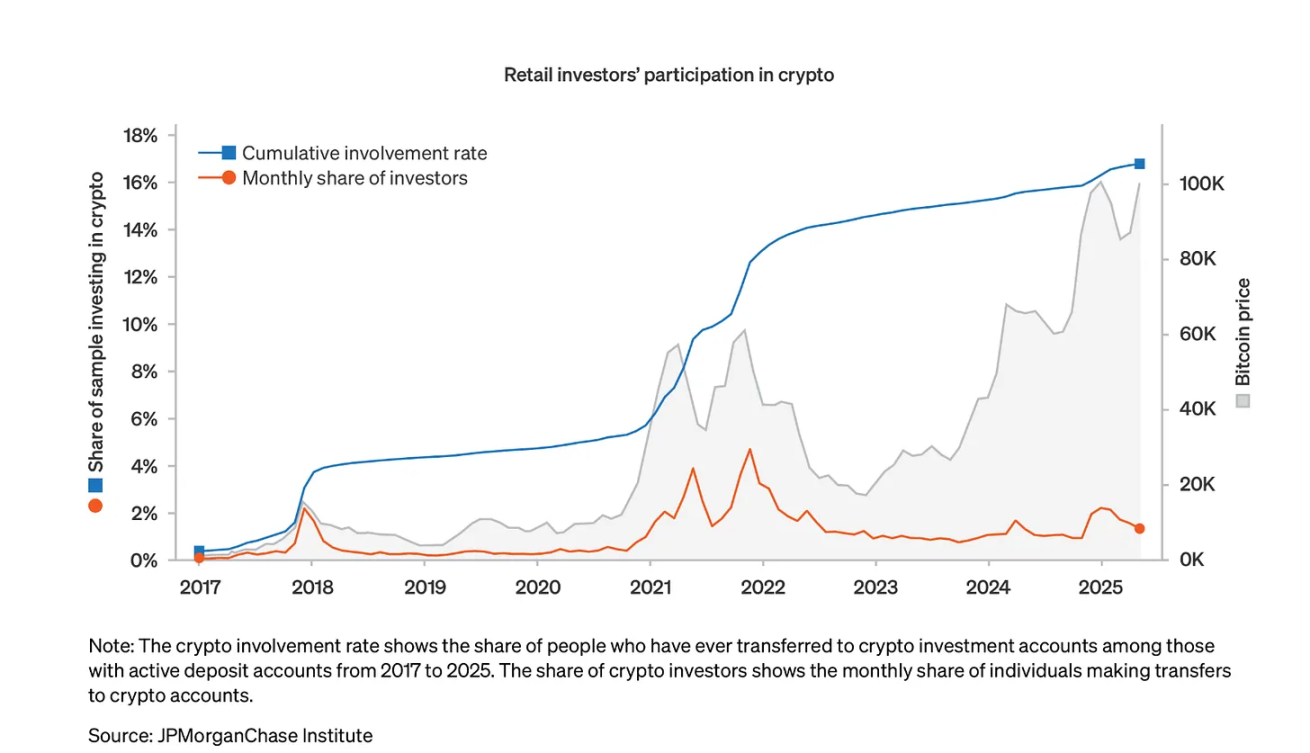
Source: JPMorgan Chase
The data also shows that the retail investors' characteristic of "buying on dips" is becoming more and more obvious: when Bitcoin hit two historical highs in March and November 2024, retail investor participation increased significantly; but when Bitcoin hit a higher peak in May 2025, retail investors remained restrained and did not fall into frenzy - this shows that retail investors in the cryptocurrency field have broken away from the traditional label of "FOMO (fear of missing out) driven" and demonstrated stronger learning ability and self-control.
In addition, retail investors' investment in cryptocurrencies is relatively rational: the median investment amount is less than "one week's income", reflecting prudent risk management awareness rather than excessive speculation.
Some might say that there’s still a steady stream of “dumb money” flowing into areas like gambling, sports betting, and Memecoins — but the data suggests otherwise.
It is true that the transaction volume of casinos and sports betting platforms can reach billions of dollars: the global online gambling market size was US$78.66 billion in 2024 and is expected to increase to US$153.57 billion in 2030; Meme coins in the cryptocurrency field often trigger speculative frenzy, leaving late entrants holding "zero tokens."
But even in these areas considered "irrational," retail investors are becoming increasingly sophisticated. Take the Memecoin platform Pump.fun, for example: despite generating $750 million in revenue from issuing Memecoins, its market share plummeted from 88% to 12% after a competitor introduced services that offered greater transparency and improved communication. Clearly, retail investors aren't blindly loyal to established platforms; instead, they're actively turning to options that offer better value.
In reality, the popularity of meme coins isn't proof of retail investor stupidity, but rather a rejection of venture-backed tokens, which often deny fair market access. As one cryptocurrency analyst put it, "Meme coins give holders a sense of belonging and form connections based on shared values and culture. They're not just speculative tools; they're a dual expression of 'social + financial'."
A revolution in IPOs
The increasing influence of retail investors is most evident in the IPO market: more and more companies are beginning to abandon the traditional model of "only serving institutional investors and high-net-worth individuals" and are actively opening up IPO quotas to retail investors.
Bullish's IPO marks a watershed moment in the evolution of enterprise distribution models. Founded by Block.one and backed by institutions including Peter Thiel's Founders Fund, Bullish operates as both a cryptocurrency exchange and an institutional trading platform. In its $1.1 billion IPO, Bullish enabled retail investors to directly subscribe to its stock through platforms like Robinhood and SoFi.
Strong retail demand drove Bullish to price its IPO at $37 per share—nearly 20% above the upper limit of its initial pricing range—and its stock price soared 143% on its first day of trading. Notably, Bullish sold a fifth of its shares (worth approximately $220 million) to individual investors, a proportion four times higher than the industry norm. Clients on the Moomoo platform alone placed orders exceeding $225 million for the stock.
This is not an isolated case: Gemini, owned by the Winklevos brothers, explicitly allocated 10% of its IPO quota to retail investors; companies such as Figure Technology Solutions and Via Transportation also completed their IPO issuances through the "retail platform."
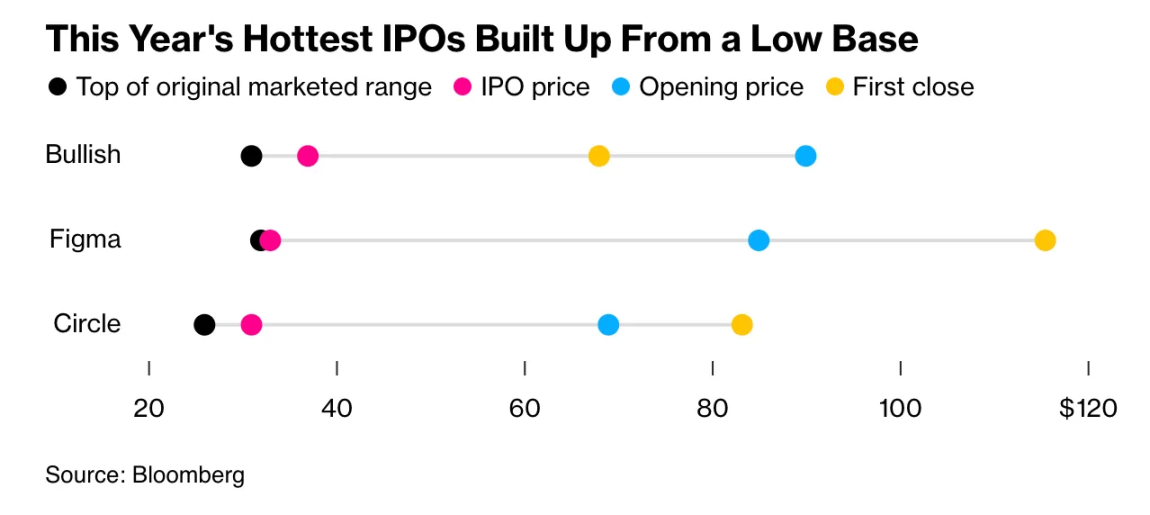
Source: Bloomberg
As Jefferies' Becky Steinthal said: "Compared to the past, issuers can now choose to allow retail investors to account for a larger proportion of IPOs - the result of technology driving all of this." This sentence reveals the core logic behind the change in companies' attitudes towards retail investors.
Robinhood data also confirms retail investors' enthusiasm for IPOs: The platform's IPO subscription demand in 2024 is expected to be five times that of 2023. To encourage more rational investment behavior, Robinhood has also implemented a "30-day post-IPO sell-off" policy, encouraging retail investors to develop a "buy and hold" habit—this not only helps stabilize corporate stock prices but also allows retail investors to generate long-term returns.
The impact of retail investors is not limited to "investment behavior", but has also triggered structural changes in the market: currently, retail trading volume accounts for approximately 19.5% of total US stock trading volume, an increase from 17% a year ago, and far exceeds the level of about 10% before the epidemic.
More importantly, retail investors' investment philosophies have fundamentally shifted: By 2024, only 5% of investors in Vanguard's 401(k) retirement plans had adjusted their portfolios, and target-date funds now exceed $4 trillion. This suggests that retail investors are increasingly placing their trust in systematic, professionally managed investment plans rather than frequent buying and selling. This shift can help them avoid costly, emotion-driven trading errors and achieve better retirement financial outcomes.
eToro's data is even more convincing: 74% of the platform's users made profits in 2024, and the profit ratio of premium members was as high as 80% - this performance completely broke the inherent perception that "retail investors are destined to lose to professional managers."
Demographic data also supports the maturation of retail investors: Young investors are entering the market earlier—the average age of Generation Z is 19, significantly earlier than the 32-year-olds of Generation X and the 35-year-olds of the Baby Boomer generation. More importantly, they have access to educational resources unavailable to previous generations: investment podcasts, professional newsletters, social media influencers, and zero-commission trading platforms, all of which help them develop a more informed investment perspective.
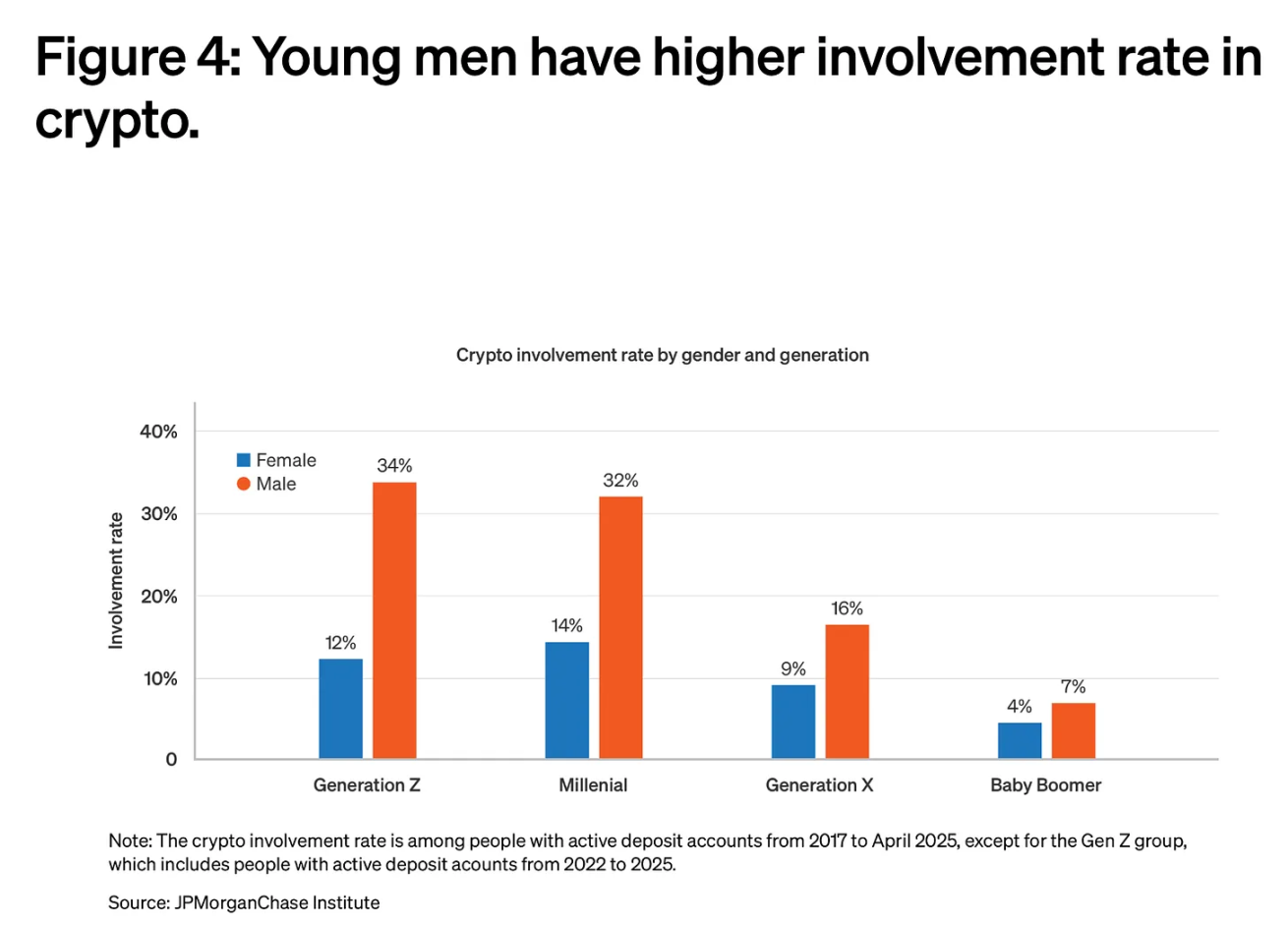
Source: JPMorgan Chase
In the field of cryptocurrency, the "maturity" and "dominance" of retail investors are particularly prominent: although the media frequently reports on "institutional layout of Bitcoin ETFs" and "corporate increase in cryptocurrency holdings", the actual usage of cryptocurrencies is mostly driven by retail investors.
Chainalysis data shows that India has the highest cryptocurrency adoption rate in the world, followed by the United States and Pakistan - these rankings reflect "grassroots usage of centralized and decentralized services" rather than large-scale hoarding by institutions.
The performance of the stablecoin market confirms this: in 2024, USDT's monthly trading volume alone exceeded $1 trillion, while USDC's monthly trading volume ranged from $1.24 trillion to $3.29 trillion. These transactions are not "institutional fund management flows," but rather millions of retail transactions involving "payments, savings, and cross-border transfers."
If we divide cryptocurrency adoption by the World Bank’s income levels, we will find that the adoption rates of “high-income, upper-middle-income, and lower-middle-income groups” reach their peaks simultaneously – this means that the current popularity of cryptocurrency is not exclusive to “rich early adopters,” but has a broad mass base.
Although Bitcoin is still the main channel for retail investors to "introduce fiat currency" (between July 2024 and June 2025, exchanges purchased more than $4.6 trillion worth of Bitcoin), retail investors' investment portfolios have become increasingly diversified: Layer1 public chain tokens, stablecoins, Altcoin, etc. have all received a large amount of capital inflows.
The "smart money vs. dumb money" narrative is even more ironic in light of recent institutional behavior: professional investors repeatedly miss major market milestones, while retail investors demonstrate greater discipline and patience.
During the "institutional adoption phase" of cryptocurrency, hedge funds and family offices frequently made headlines - they often included Bitcoin in their investment portfolios near the "cycle peak"; in contrast, retail investors continued to increase their holdings in the bear market and held on firmly during fluctuations.
The rise of cryptocurrency ETFs perfectly illustrates this contrast: more than half of cryptocurrency ETF investors "have never directly held cryptocurrency before", which shows that traditional investment channels are "expanding the investor base" rather than "diverting existing retail investors"; and the median allocation of ETF holders to cryptocurrency is only "3%-5% of the portfolio", reflecting a prudent risk management strategy rather than blind speculation.
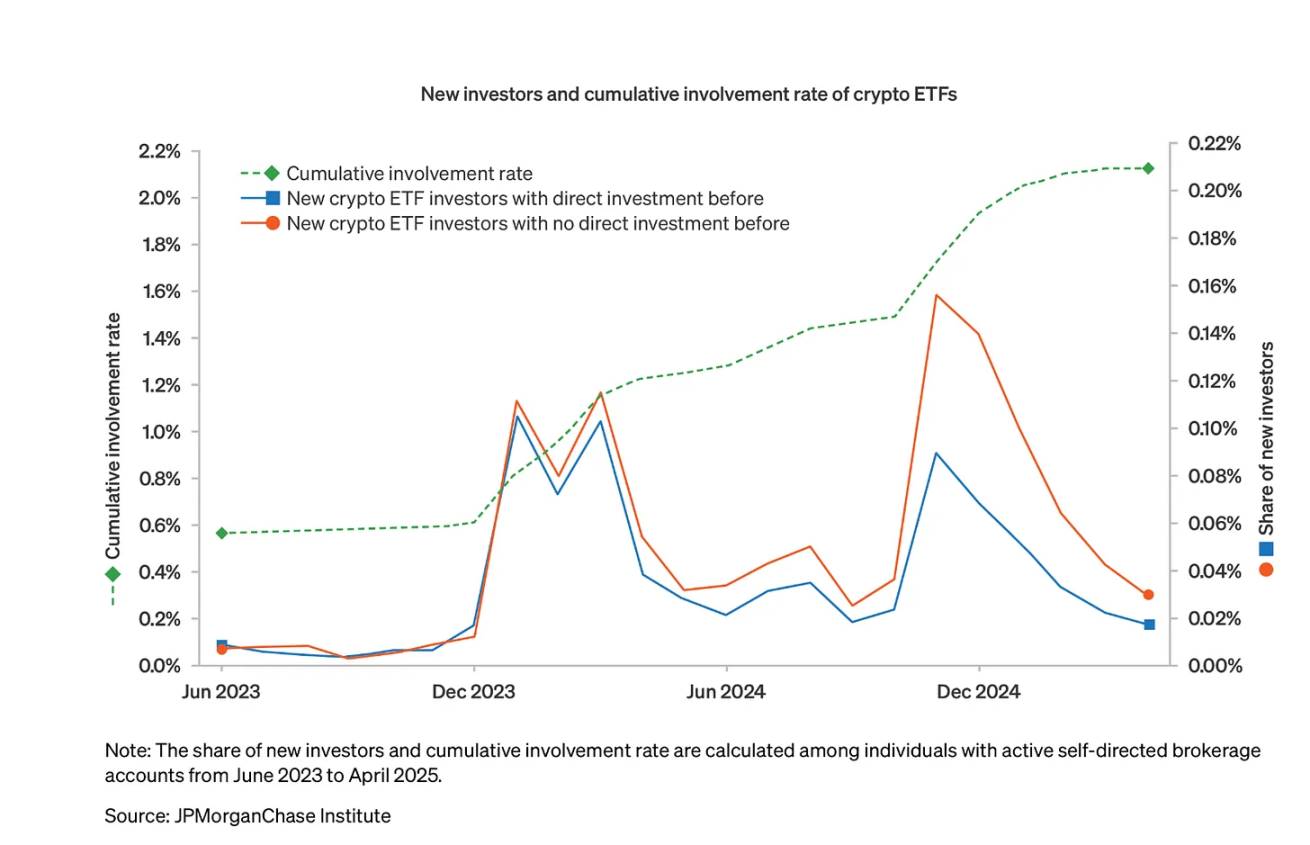
Source: JPMorgan Chase
Today, the behavior of professional investors is replicating the "retail investor mistakes" they once criticized: whenever market volatility intensifies, institutions often choose to withdraw in a hurry to "protect quarterly performance indicators"; while retail investors will buy on dips for "long-term account returns."
Technology: The “Equalizer” That Reshapes the Market
The change in retail investor behavior is not accidental - the development of technology has democratized the "information, tools, and market access" that were once exclusive to professional investors.
Take Robinhood, for example. Its innovations extend far beyond commission-free trading. They've launched tokenized US stocks and ETFs for European users, opened Ethereum and Solana staking services in the US, and built a copy trading platform that allows retail investors to follow the lead of certified top traders. Each of these initiatives lowers the investment barrier for retail investors.
Coinbase is also continuously optimizing its retail cryptocurrency services, upgrading its mobile wallet functionality, launching prediction markets, and simplifying the staking process. Stripe, Mastercard, and Visa have all launched "stablecoin payment functions," allowing retail investors to use cryptocurrencies for purchases at thousands of retailers.
Wall Street's recognition of the influence of retail investors has created a positive cycle of further empowering retail investors. When companies like Bullish achieved success through a retail-focused IPO strategy, more companies began to follow suit.
A Jefferies study also identified potential investment opportunities in stocks with "high retail trading volume and low institutional interest," including Reddit, SoFi Technologies, Tesla, and Palantir. The study noted that "as the proportion of retail trading increases, traditional metrics like 'stock quality' appear to be less important." This doesn't necessarily mean retail investors lack decision-making ability; it's more likely that they employ "different valuation criteria than institutions."
The evolution of the cryptocurrency industry towards being more retail-friendly also reflects this trend: the competitive focus of mainstream platforms has shifted from "maintaining institutional relationships" to "optimizing user experience." The introduction of features such as "simple perpetual contract trading," "tokenized stocks," and "integrated payments" are all aimed at attracting mass retail investor participation.
The “dumb money” narrative persists in part because it serves the economic interests of professional investors: fund managers justify management fees by claiming superior skills; investment banks maintain pricing power by restricting access to high-yield trading.
But data shows that these advantages are gradually disappearing: retail investors are increasingly demonstrating "the discipline, patience and market timing that professional investors claim to be the exclusive domain of professional investors", while institutions are frequently engaging in "the emotion-driven, high-flying and low-selling behavior that they once attributed to retail investors."
Of course, this doesn't mean every retail investor can make optimal decisions—behaviors like speculation, abuse of leverage, and chasing rising and falling prices still exist. But the key difference is that these behaviors are no longer "exclusive to retail investors" but are now common to all types of investors.
This shift will also trigger deeper structural impacts: as retail investors gain more say in IPOs, they are likely to demand "better terms, greater transparency, and fairer access"; and companies that follow this trend will gain "lower customer acquisition costs" and "a more loyal shareholder base."
In the cryptocurrency field, the dominance of retail investors means that products and protocols must prioritize "ease of use" over "institutional functionality." Only platforms that can "allow ordinary users to easily use complex financial services" will ultimately succeed.
However, we also need to face up to a "real problem" behind the recent success of retail investors: in the past five years, almost all assets have been in an up cycle - the S&P 500 index rose 18.40% in 2020, 28.71% in 2021, 26.29% in 2023, and 25.02% in 2024. Only in 2022 did it experience a significant decline of 18.11%, and it has risen 11.74% since the beginning of 2025.
The same performance was seen for Bitcoin: it was around US$5,000 at the beginning of 2020, and it once exceeded US$70,000 in 2021. Although it fluctuated subsequently, it showed an overall upward trend; even traditional assets such as government bonds and real estate saw sharp increases several times during this period.
In a market where "buying on dips guarantees profits and holding any asset for more than a year will yield profits", it is difficult for us to distinguish whether the success of retail investors comes from skills or luck.
This raises a key question: Can retail investors' seemingly sophisticated investment behavior withstand the test of a "real bear market"? For most Gen Z and millennial investors, the longest "market correction" they have experienced was the 33-day plunge caused by the COVID-19 pandemic. While the inflation scare in 2022 caused short-term pain, the market quickly recovered.
Warren Buffett's famous quote, "Only when the tide goes out do you reveal who's been swimming naked," feels especially apt right now. Perhaps retail investors are truly smarter, more disciplined, and better informed than previous generations; but it's also possible that they are simply the beneficiaries of a bull market that has seen gains in nearly all asset classes.
Only when the "easy monetary environment" ends and investors face continued portfolio losses can we truly judge whether the shift from "dumb money" to "smart money" is a permanent evolution or just a temporary phenomenon based on favorable market conditions.




